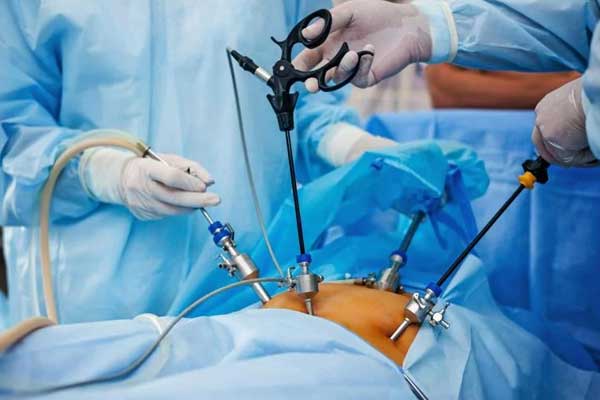Laparoscopic / Open Myomectomy
Myomectomy is a surgical procedure to remove uterine fibroids (also known as myomas), which are noncancerous growths that can cause symptoms such as heavy menstrual bleeding, pelvic pain, infertility, or pressure symptoms. Unlike a hysterectomy, a myomectomy preserves the uterus, making it an ideal option for women who wish to retain their fertility or avoid complete removal of the uterus.
Depending on the size, number, and location of fibroids, your doctor may recommend either a laparoscopic (minimally invasive) or open (abdominal) approach.
Laparoscopic Myomectomy
This minimally invasive technique uses small incisions through which a camera and specialized instruments are inserted to remove the fibroids. It offers several benefits:
- Smaller incisions and minimal scarring
- Faster recovery time
- Less pain and shorter hospital stay
- Quicker return to daily activities
Laparoscopic myomectomy is generally recommended for women with a limited number of fibroids that are not deeply embedded.
Open Myomectomy
In cases involving large, numerous, or deeply embedded fibroids, an open abdominal myomectomy may be necessary. This involves a larger incision to provide better access to the uterus. While recovery may take a bit longer compared to laparoscopy, it remains an effective and safe option for complex cases.
Both procedures are performed under general anaesthesia, and the choice between laparoscopic or open surgery is based on the individual’s condition, overall health, and reproductive goals.


